table of contents:
Do the needles break or the stitches become uneven as soon as you start sewing jeans or leather? This is a sign that you need a sewing machine suitable for sturdy materials. But which sewing machine should you choose for thick fabrics ? Choosing a quality model can sometimes be a real challenge.
In this article, we reveal the essential criteria for taming robust materials , with professional tips and our favorite models that pierce through thickness without flinching.
Understanding the requirements of thick fabrics
Denim, leather, or tarpaulin don't work like fine cotton because these materials require a sturdy machine. Standard models struggle to pierce multiple layers, resulting in skipped stitches or bent needles. With a sewing machine that can't keep up, you risk ruining your projects before you even begin.
Persisting with unsuitable equipment is a surefire way to end up with warped hems and a smoking engine. You'll recognize the problem by the ominous creaking, fabrics that resist under the presser foot , or worse... that sharp click of a needle snapping on the third pass.
Wondering which sewing machine to choose for thick fabrics ? In our store , you'll be spoiled for choice with the most powerful models on the market and even offers not to be missed.

Important criteria for a good machine
When considering which sewing machine to choose for thick fabrics , it's crucial to consider several technical criteria to make the right choice. Key features, such as motor power and specific settings, will play a key role in the success of your sewing.
We reveal the things to check before purchasing, the settings to master for precise work, and common mistakes to avoid to avoid frustration. Discover how to choose and use your machine to achieve impeccable results, even on the most durable fabrics.
Essential technical characteristics
Here are the 5 non-negotiable elements for piercing stubborn materials:
- Powerful motor (minimum 60W) to go through layers of jeans or leather without stalling
- Solid metal frame guaranteeing stability on extreme thicknesses
- 6-claw drive system for smooth gliding of technical fabrics
- Reinforced needles type JEANS/SPI (sizes 90-110) anti-breakage
- Adjustable presser foot with "high altitude lift" option for thick topstitching<
The secret of the pros is the use of sewing machines with feed dogs that grip the fabric like a clamp. This is combined with adjustable pressure to adapt to any thickness.
When you're wondering which sewing machine to choose for thick fabrics , you also need to think about accessories: the Teflon presser foot, perfect for stubborn leathers, or even special needles , available from specialist suppliers like Verotex. Your local haberdashery probably won't have them in stock.
Key settings for successful sewing
Improperly adjusted tension can turn your work into a spiderweb. To avoid this, test on a scrap of fabric before you begin.
If you're wondering which sewing machine to choose for thick fabrics , know that beyond the choice of model, certain tricks make all the difference. To get over thick seams, the pro tip is to slide a cardboard wedge under the presser foot. Change the angle of attack by gently pushing the fabric forward while sewing. This prevents unwanted jams.
For those who want to add touches of personalization to their creations, using embroidery machines can be a great addition, offering possibilities for unique designs on heavyweight fabrics .
Common mistakes to avoid
A dull needle will reveal itself through hesitant stitches or a sharp snap. To avoid this kind of problem, replace it after 8 hours of intensive use.
Never overuse your sewing machine, as this is like running a marathon in sandals. Clean it after every big session and watch for warning signs like a burning smell, sudden slowdowns, or stitches that inexplicably tighten.
To ensure the quality of your spare parts , contact a reputable sewing machine supplier like Verotex . This will guarantee you reliable products that are suited to your needs.

Comparison of available technologies
When considering which sewing machine to choose for thick fabrics , it's essential to understand the differences between available technologies. Mechanical, electronic, or industrial: each type has its advantages. Discover the options that will best suit your needs and budget.
Mechanical vs. Electronic: Pros and Cons
|
Key features of machines according to their technology |
||
|
Kind |
Benefits |
Boundaries |
|
Mechanical |
Robust, |
Manual settings |
|
Electronic |
Point accuracy |
Sensitive parts |
|
Semi-pro |
Lifetime |
Higher budget |
Semi-pros are worth the investment, as their lifespan easily reaches 10 years with regular maintenance. The initial extra cost is offset by savings on repairs.
When considering which sewing machine to choose for thick fabrics , avoid low-end electronic models. Their 200 fancy stitches are mainly used to justify the price. Focus on useful features like automatic tension.
Focus on industrial machines
Take the plunge as soon as you're working on projects involving thick leather or technical canvas. Professional machines can handle 8 hours of sewing a day without flinching, but they require a significant budget.
It's worth noting that some domestic Juki models can compete with industrial models. Their feed system, copied from the pros, cuts through denim like butter.
Economic alternatives
As a stopgap, boost your standard machine with a size 100 needle and nylon thread . Some beginner models can temporarily accommodate 3 layers of jeans if you reduce the speed.
Opportunity can be a godsend... or a nightmare. Always test the machine with your heaviest fabric before purchasing and check the metal seals carefully.

Optimizing your equipment over the long term
To get the most out of your professional sewing machine and extend its lifespan, regular preventative maintenance is essential. In this section, we'll guide you through best practices for keeping your equipment in top condition, knowing when to upgrade it, and when to consider replacing it, to optimize your long-term performance.
Preventive maintenance
Don't forget to wipe it down after each session and do a deep cleaning every month; your machine will repay you a hundredfold. Focus on the feed dogs and bobbin case, as these are the lint traps that cause the mechanism to jam.
When considering which sewing machine to choose for thick fabrics , also consider ease of maintenance. Whether you choose a high-end model or a beginner sewing machine , easy access to internal parts remains essential to prolong the life of the equipment.
Warning signs include abnormal humming at startup, points that tighten on their own, or a pedal that responds while idling. These red flashing lights should be taken seriously.
Upgrade your machine
No need to replace the entire device. Simply using a metal parts kit to replace the plastic parts works wonders. Check compatibility with your model before ordering.
Leather enthusiasts often add a custom presser foot and a separate bobbin winder. Some consumer Juki models accept these professional upgrades for near-industrial results.
When should you renew your equipment?
When repairs cost more than a new model, or your projects consistently exceed the machine's capabilities, it's time to upgrade. New technologies like brushless motors are sometimes worth a look.
Don't throw away your old one just yet, because a well-maintained machine easily finds a buyer. To make reselling easier, keep all receipts and carefully note down the maintenance history.
Wondering which sewing machine to choose for thick fabrics ? Opt for a sturdy model with a powerful motor and suitable needles, which will handle thick materials without wobbling. Regular maintenance will make all the difference.
Apply these tips to your next project and you'll see your denim or leather creations come to life with unprecedented precision. Now, the secret to professional stitching on unruly fabrics is in your hands. If you have any questions or need additional advice, you can contact us to help you make the best choice.
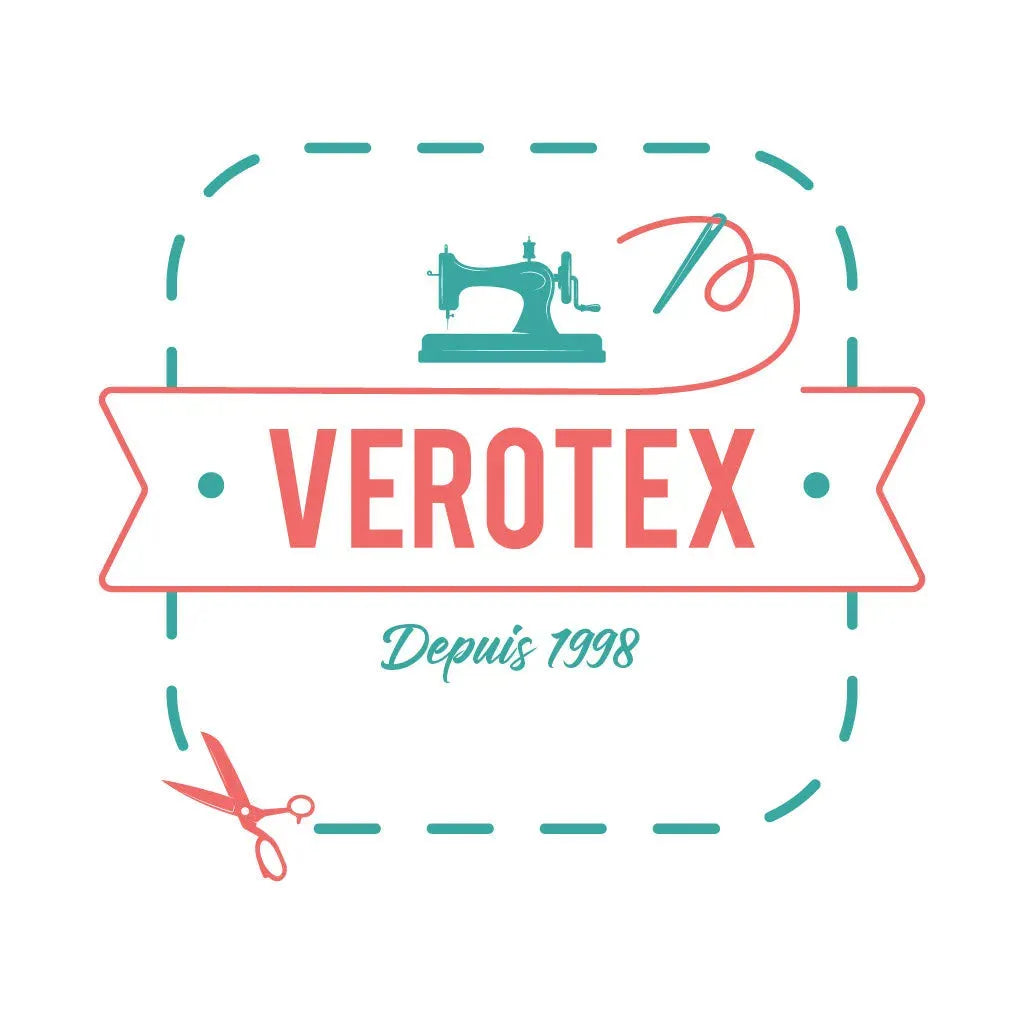
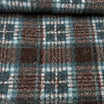
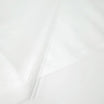
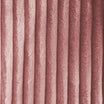
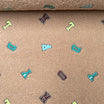
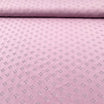
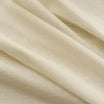
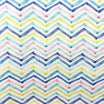
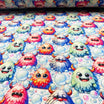
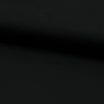
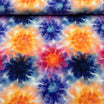
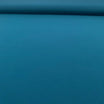
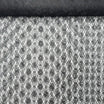
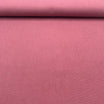
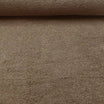

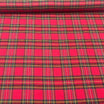
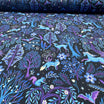
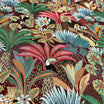
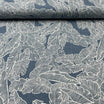
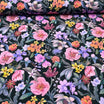
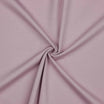
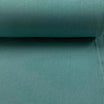
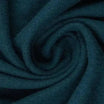
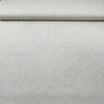
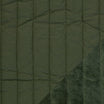

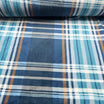
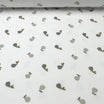
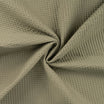
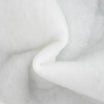
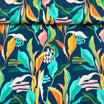
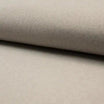
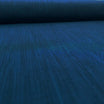
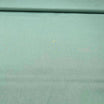
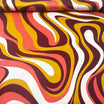
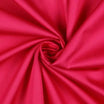
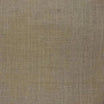
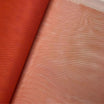
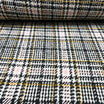
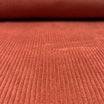
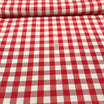
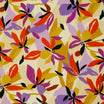
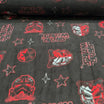
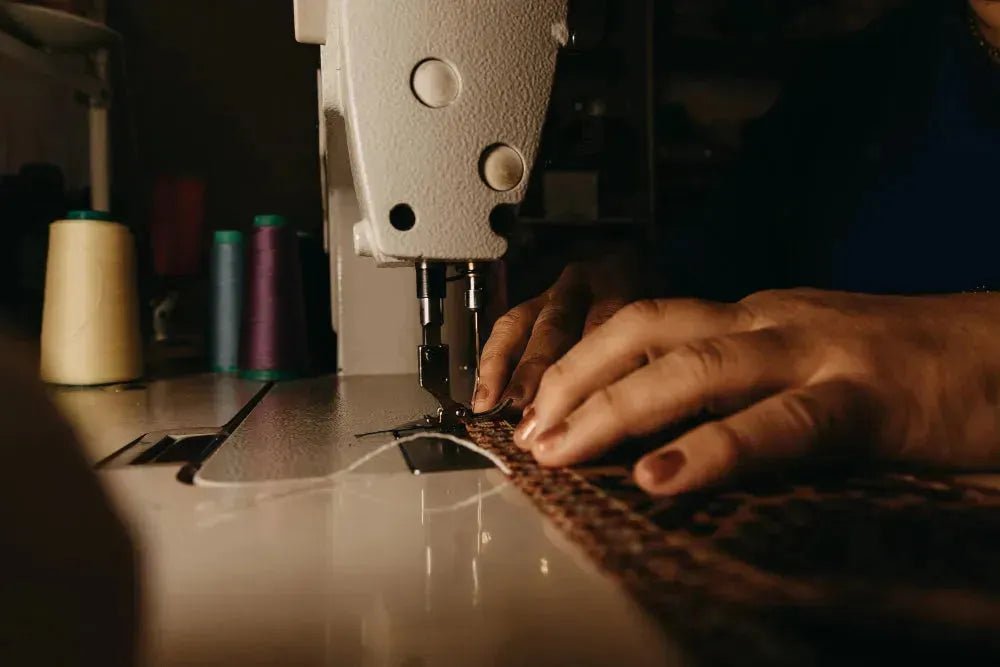
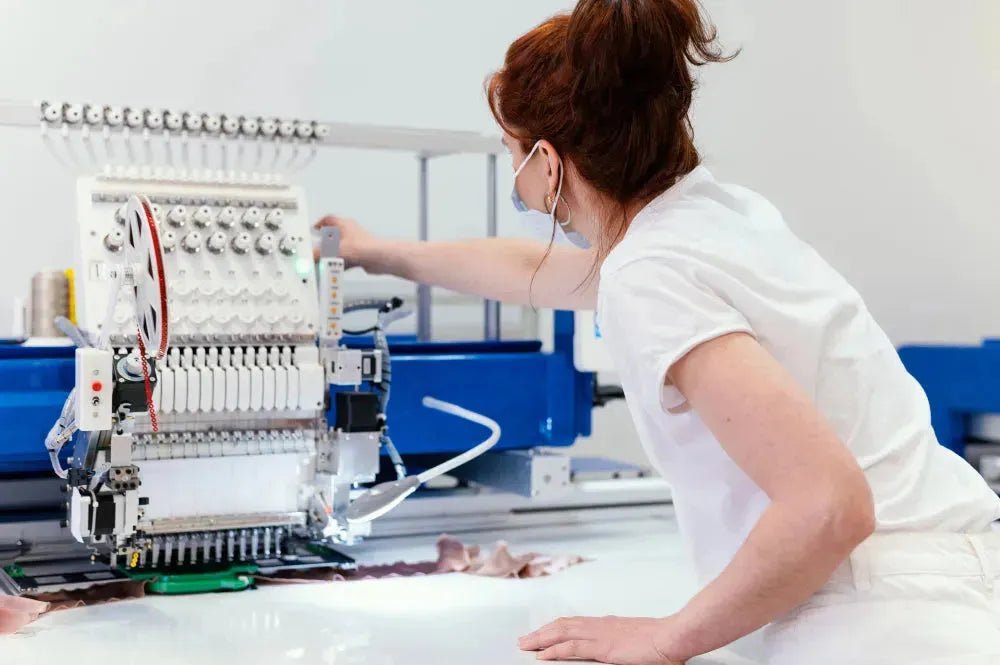
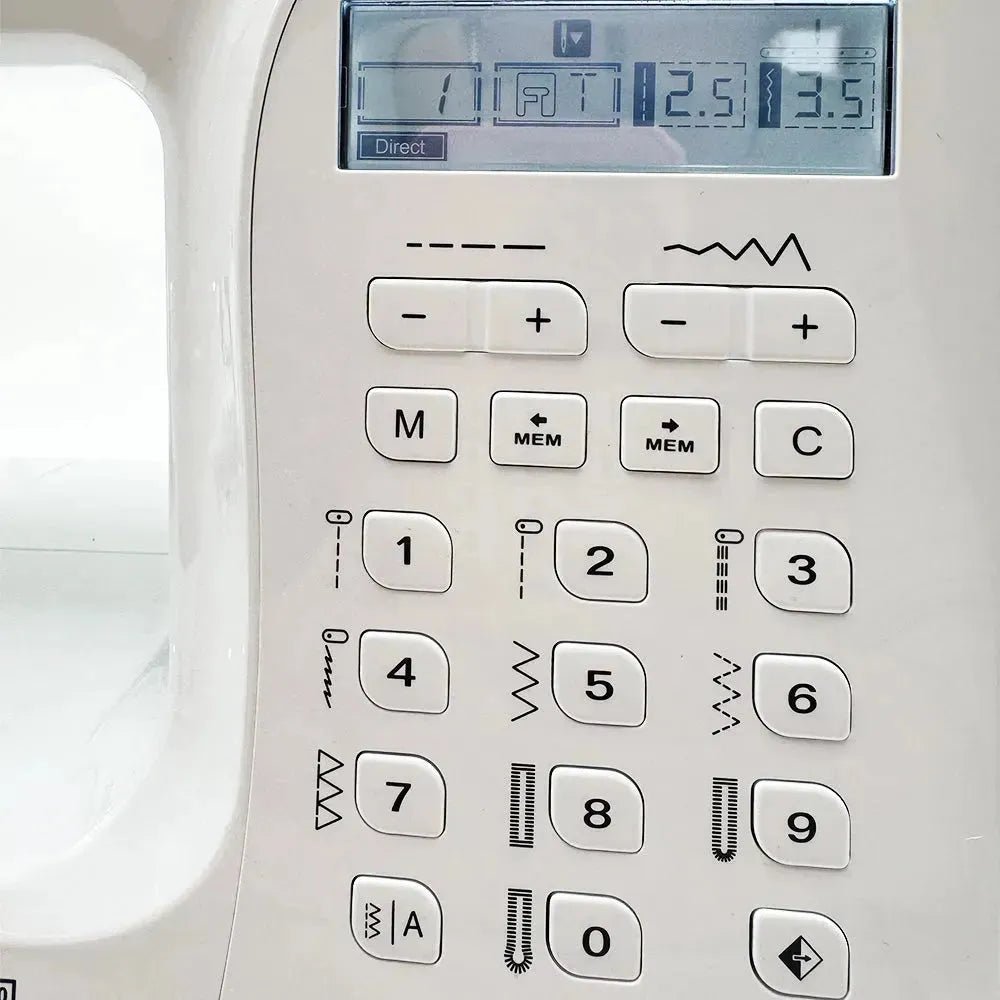
Leave a comment
All comments are moderated before being published.
This site is protected by hCaptcha and the hCaptcha Privacy Policy and Terms of Service apply.